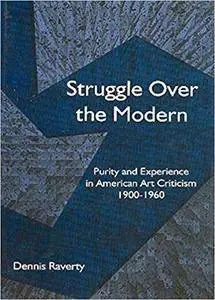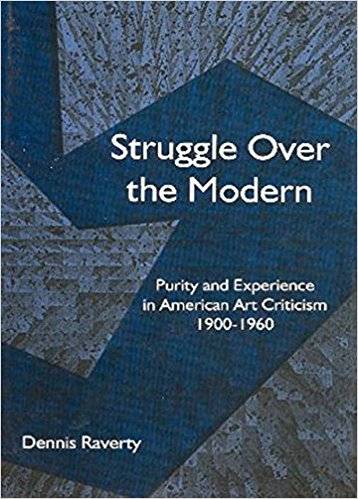Struggle Over the Modern: Purity and Experience in American Art Criticism 1900 - 1960 by Dennis Raverty
English | 2005 | ISBN: 1611472784 |168 pages | PDF | 0,7 MB
English | 2005 | ISBN: 1611472784 |168 pages | PDF | 0,7 MB
In Struggle Over the Modern, Dennis Raverty argues that there was not one, but two, competing 'modernisms' vying for dominance of the critical field in American art during the first half of the twentieth century.
The most familiar strain of this debate to us today is formalism, which emphasized 'purity' in art and culminated in the writing of the influential late modern critic, Clement Greenberg. The other critical position, he contends, is not as familiar to us today, partly because it was so overshadowed by formalist thought in the postwar period. This position emphasized the importance of 'experience' over formal purity and is evident in the writing of Greenberg's rival, Harold Rosenberg, as well as in a number of American writers and critics from the first half of the century. Struggle Over the Modern reconstitutes this neglected yet important dimension of the avant-garde debate in American art criticism decade by decade.
Far more than an obscure aesthetic dispute, this was a battle over the very terms and limits appropriate to art, a competition - stretching all the way back to the turn of the twentieth century - to define art either narrowly as an exclusive self-referential endeavor, or broadly delineating the boundaries between art and experience in a more inclusive manner.
Examined historiographically, critical writings can yield important information because, beyond their immediate functions of explanation and evaluation of contemporaneous art, these writings imply an unspoken strategy for capturing and dominating the field of critical discourse, thereby influencing the way people think and talk about art. The history of critical thought in twentieth-century American art is also the history of this struggle for critical dominance, a struggle within the avant-garde, over which ideas would define the era for future generations. In a sense, it was a battle for the very soul of modern art.
Dominance of the critical arena was so important during the era of the emergence of modern



